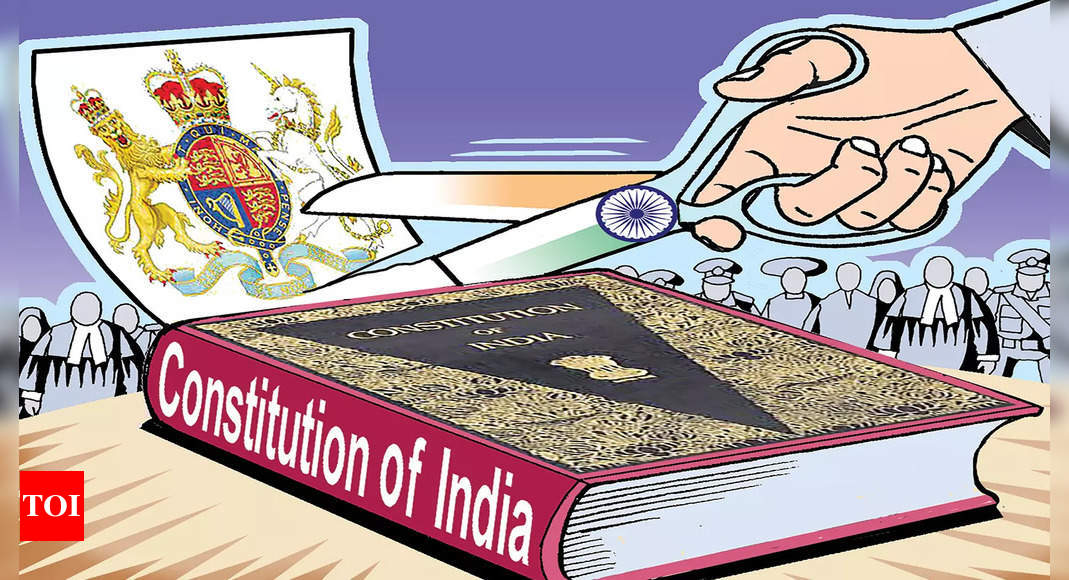Illustrations in the Constitution of India
On February 11, 2025, there was a lot of debate in Parliament about 22 illustrations in the Constitution. BJP MP Radha Mohan Das Agrawal said during the Zero Hour that most copies of the Constitution being sold today do not have these illustrations. In response, Rajya Sabha Chairman Jagdeep Dhankhar said that the only official copy of the Constitution is the one signed by its creators, which includes the 22 illustrations. He also said that this original version should be promoted across the country.
About the Illustrations
The Constitution of India, adopted on January 26, 1950, features 22 unique illustrations that provide a visual narrative of India’s history. These illustrations, created by artist Nandalal Bose and his team, are integral to understanding the cultural and historical context of the Constitution.
The illustrations span various periods of Indian history. They depict scenes from the Indus Valley Civilization to the freedom struggle. The artwork includes images from Hindu epics like the Ramayana and Mahabharata. This narrative approach reflects Bose’s vision of India’s historical journey.
The Artistic Process
- Nandalal Bose was commissioned to create the illustrations in October 1949, just before the Constitution’s signing.
- The illustrations were created by a team led by Nandalal Bose.
- His collaborators included Kripal Singh Shekhawat and A Perumal.
- Each artist brought their unique style and perspective, enriching the visual narrative.
- The illustrations were intended to complement the text but do not directly correlate with it.
Key Illustrations and Their Significance
The Bull Seal from the Indus Valley is the first pictorial representation in the Constitution. Other notable images include Buddha in meditation and scenes from the Mahabharata. These artworks are not just decorative; they serve to connect the Constitution with India’s rich cultural heritage.
The Role of Calligraphy
The Constitution was handwritten by calligrapher Prem Behari Narain Raizada. He took six months to complete the task, using parchment sheets. Raizada’s meticulous work ensured that the text was as the illustrations. His only request was to have his name included on each page.
Cultural Representation
The illustrations feature prominent figures from Indian history, including Mahatma Gandhi, Rani Lakshmibai, and Chhatrapati Shivaji. They represent various aspects of Indian culture, including religion and governance. The images aim to showcase India’s diversity and unity.
Preservation of the Illustrations
Today, the original copies of the Constitution, complete with illustrations, are preserved in helium-filled cases within the Indian Parliament Library. This preservation marks the importance of these artworks in understanding India’s constitutional history.
Month: Current Affairs - February, 2025
Category: Art & Culture Current Affairs








